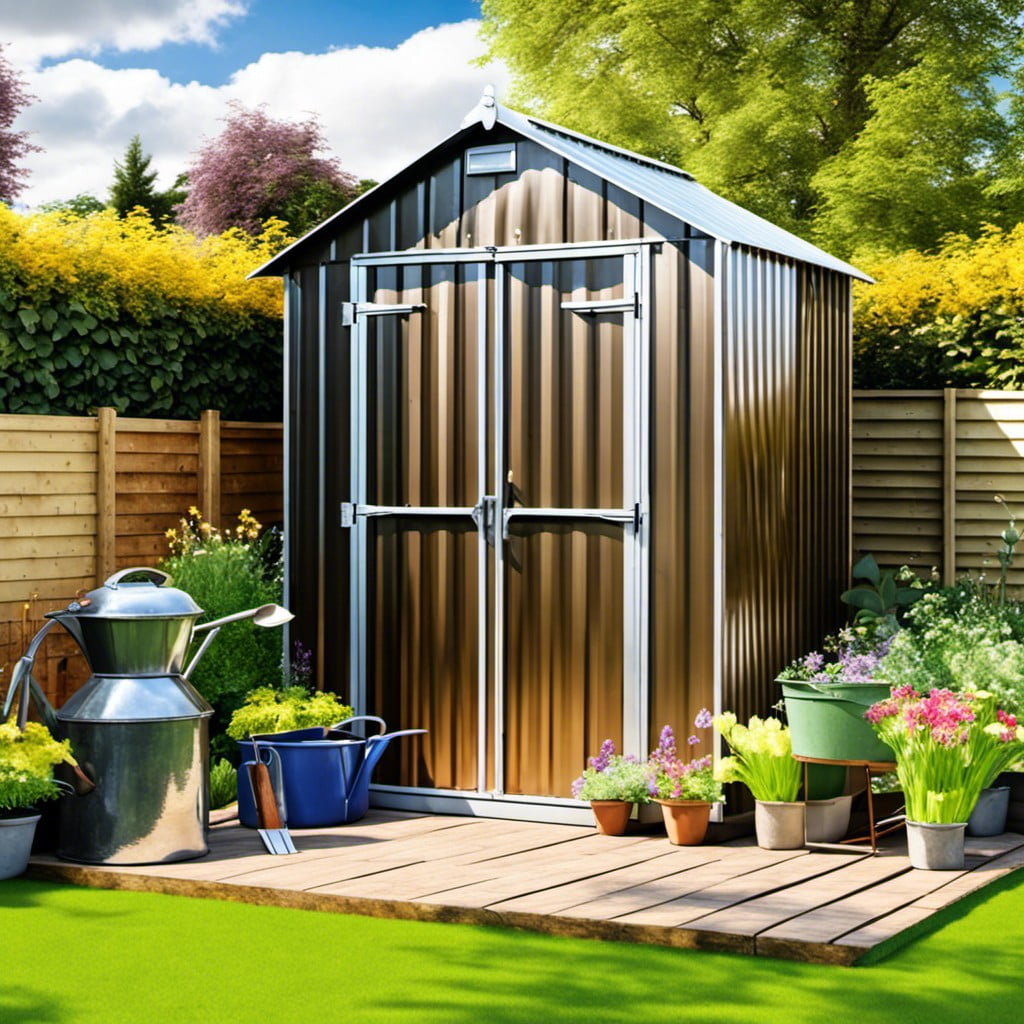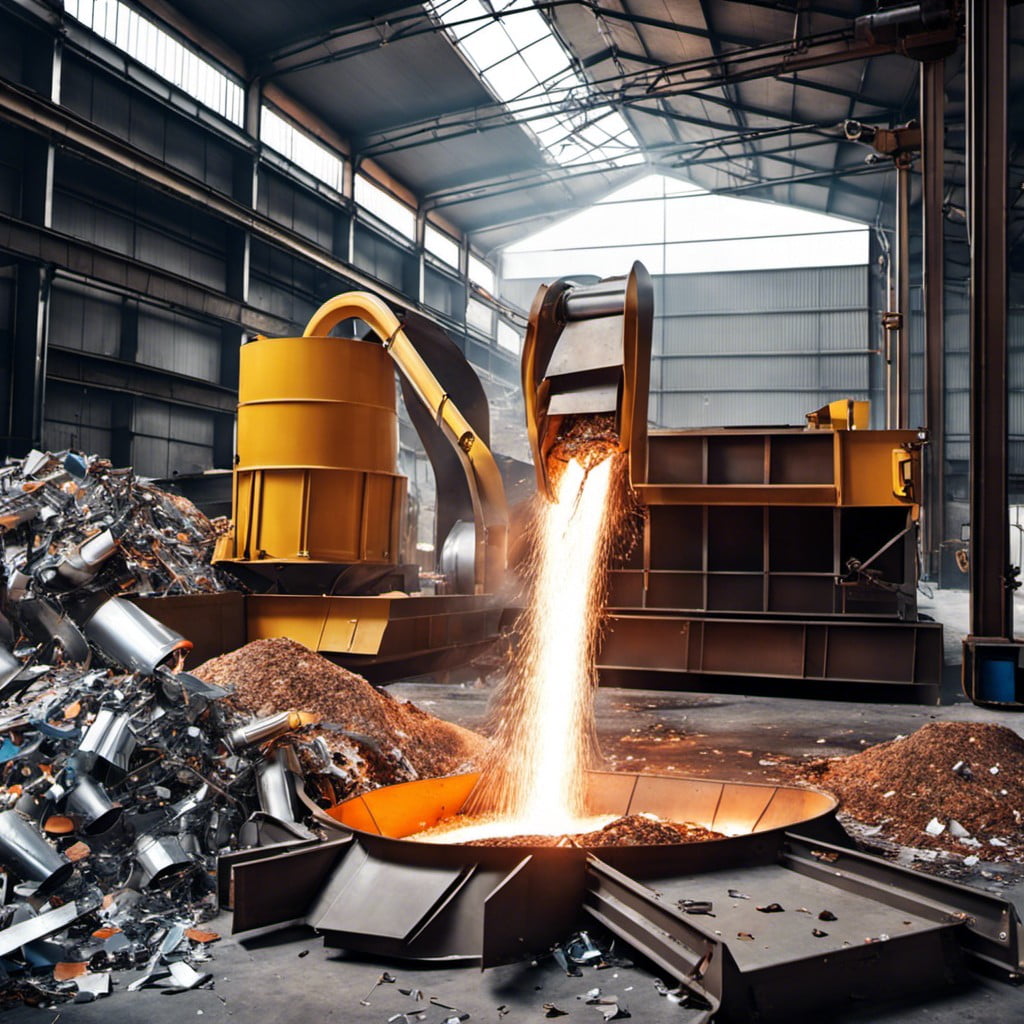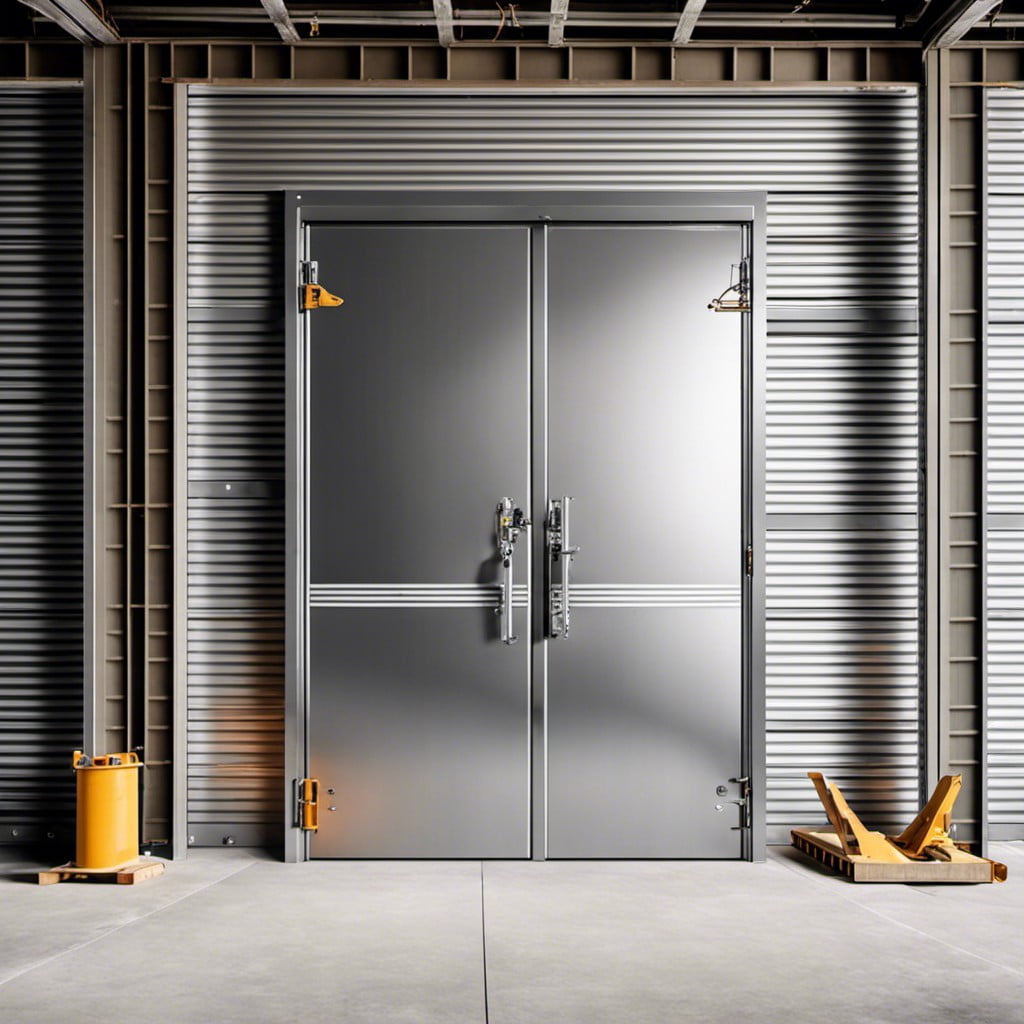Explore the fascinating world of metal sheds as we delve into their statistics, shedding light on their popularity, diversity, and utility in our everyday lives.
Diving straight into the heart of metal shed statistics, this article is set to unravel the intriguing world of metal construction. Whether you’re seeking data on market trends, material usage, or cost analysis, you’re in the right place.

We’ll delve into the depths of industry statistics, shedding light on the growth trajectory, the key players, and the factors fueling this sector.
Stay tuned as we explore these fascinating insights, equipping you with a comprehensive understanding of the metal shed industry.
The outdoor shed market is to grow at a CAGR of 5.5% to reach US $9.615.28 million from 2021 to 2028.
As forecasted, the compound annual growth rate (CAGR) of the outdoor shed market demonstrates a robust upward trend. A 5.5% increase signifies robust market dynamics, and the implications are significant for the metal construction industry.
By the close of 2028, this sector is projected to command a staggering worth of approximately US $9.615.28 million. This rise is attributed to the growing need for outdoor sheds across various sectors, including residential, commercial, and industrial. The increase in disposable income, coupled with the desire to organize and declutter spaces, fuels this expansion.
As a result, manufacturers are now presented with a vast array of opportunities in this blossoming market.
10’x12′ is the most popular shed dimension for storing larger pieces of outdoor equipment.
The dimension 10’x12′ has quite rightly claimed the top spot for metal shed sizes, owing to its capacity to accommodate larger outdoor equipment.
Homeowners find this size especially convenient, as it can comfortably hold grand lawnmowers, snow blowers, gardening tools, and even a small boat.
This adequately sized shed aids in the efficient organization of outdoor tools, keeping them protected from elements, thereby attesting to its popularity.
Metal sheet demand is forecasted to decline by 7.6% annually from 2022 to 2026.
Underpinning the industry trends, a slowdown in the demand for metal sheets is projected over the forthcoming period. Annual predictions indicate a decline rate of 7.6% between 2022 and 2026. This downturn signals a shift in market dynamics, potentially driven by factors such as advancements in alternative materials or changes in construction trends.
Nonetheless, the forecast informs strategic decision-making for manufacturers, suppliers, and builders within the metal construction industry, suggesting a need for diversification or innovation to uphold market position. The implications for consumers may include adapted product offerings and shift in pricing mechanisms. These movements, albeit gradual, are considered significant within the larger context of the industry.
The average cost for a metal storage building is $635 for DIY installation.
To fabricate a metal storage building oneself is a cost-effective option, notably priced at $635.
While the price may initially seem steep, self-installation eliminates labor fees typically associated with professional assembly.
It’s worth noting that this expense includes only the basic kit.
Upgrades, alterations, or additional hardware will amp up your final total.
The economical nature of this DIY project makes it an attractive choice for those needing extra storage without incurring excessive costs.
A backyard metal shed costs between $1,875 and $8, 250. That’s an average of $3,350.
As homeowners pursue additional storage solutions, one popular option is a backyard metal shed. Given its durability and aesthetics, the price can vary broadly. At the lower end, the expenditure may be around $1,875; however, custom designs, increased size, or added features can escalate the cost, having it peak as high as $8,250.
When considering the full spectrum of preferences and requirements, the median expenditure gravitates towards $3,350, making it an accessible, practical option for many.
Metal shed costs range from about $299 to more than $1800 based on size, quality, and feature.
Pricing points for metal sheds can be quite diverse. At the lower end of the spectrum, modestly sized structures with essential features start around $299. These models might be suitable for basic storage needs in a compact garden.
On the other side, those looking for more extensive storage solutions or high end features should expect to dig a bit deeper into their pockets. Larger metal sheds with premium build quality and advanced features such as reinforced doors, skylights, or built-in shelving can easily exceed the $1800 mark.
The intricate balance of size, build quality and additional attributes are key determinants of a shed’s cost. This price variation allows buyers at different price points access to a metal shed that suits their budget and meets their storage needs.
On average, metal sheds can last over 10 years without noticeable damages or the need for extensive maintenance.
The longevity of metal sheds is a significant factor contributing to their popularity. Barring severe weather conditions, these structures maintain their form and functionality for a decade or more before major repairs or maintenance are necessary.
This primarily attributes to their resistance to elements such as rot, pests, and fire. Unlike wooden sheds, metal options are not prone to warping or cracking, maintaining their aesthetics and structural integrity over time.
They are, therefore, a practical and long-term solution for outdoor storage needs.
On average, the cost for a metal building on square footage is between $10 to $25 per sqft.
Determining the budget for a metal storage structure can seem daunting, yet it becomes manageable when simplified into cost per square foot. Each square foot of the building typically comes in the range of $10 to $25. This fluctuation in cost is dependent on several factors such as overall dimensions, the complexity of the design, and extras such as insulation or customized doors. Moreover, location and labor costs also directly impact the total expenditure.
It’s recommended to account for these variables while estimating the budget, as they greatly influence the final cost. Without proper planning and consideration, costs can rapidly escalate beyond the original budget.
Keep in mind, the price variance is indicative of the flexibility in choosing a metal construct. It is entirely possible to opt for a cost-efficient, basic structure or spend more for a higher-end, premium finish. Ultimately, the decision lies in the hand of the purchaser and their specific requirements.
A 20,000 sqft metal shed building costs anywhere from $240,000 to $380,000 based on several factors.
Scaling up your storage solutions with a large, 20,000 square foot metal shed involves significant investment. Costs for such an expansive structure can vary broadly, from $240,000 to as high as $380,000. Factors influencing this range include design complexity, local labor rates, as well as the quality and type of materials used. Opting for premium features or custom designs can further elevate the price.
It’s crucial to consider these variables when budgeting for such a large-scale project and aim to strike a balance between functionality, quality, and cost.
The national average cost for utility sheds is $3,350. For many, this is reasonable since sheds are a basic neccessity.
Taking into account the utility and convenience they offer, the expenditure on these necessary structures justifies itself.
A substantial number of property owners find the average cost for a utility shed, amounting to $3,350, quite reasonable.
The storage capability, along with the potential to declutter living or workspace, contributes towards enhancing productivity and organization.
Furthermore, the durability of these units offers a guaranteed return on investment over time.
This makes sheds not just an optional accessory, but a fundamental part of the infrastructure for many households and businesses.
References:
- https://www.theinsightpartners.com/
- https://www.blwoodwork.com/
- https://www.steelcobuildings.com/
- https://www.costimates.com/
- https://alansfactoryoutlet.com/
- https://apxconstructiongroup.com/
- https://lawnlove.com/




